Sara Harris: On April 5th 1899, a woman took the stand as star witness for the prosecution in Regina v Sprague at the Kingston Quarter Sessions.
The previous October the woman had been on a cycling trip in Surrey. Arriving for lunch at The Hautboy Hotel in the village of Ockham she had been refused entry to the hotel coffee-room because she was clad in ‘rationals’. Offended by the landlady’s offer of catering in the (less salubrious) hotel bar parlour, the woman had promptly turned tail and left in disgust.

Unfortunately for Martha Sprague, landlady of The Hautboy Hotel, her disgruntled customer was one Viscountess Florence Wallace Harberton – wife of the 6th Viscount Harberton, avid cyclist, fierce proponent of rational clothing and co-founder of The Rational Dress Society. Indignant at her treatment, Lady Harberton complained to the Cyclist Touring Club who promptly pursued a prosecution against landlady Martha Sprague – the charge, contravention of the licencing laws.
With class warfare, gender politics and two equally feisty and forthright women on either side of the debate, the Kingston court case prompted public and press interest and curiosity in the catalyst of the altercation at Ockham – the Viscountess’ ‘bifurcations’.
The offending cycling costume worn by Lady Harberton constituted a pair of billowing knickerbockers that cut in below the knees. Other styles of Victorian rational dress included divided skirts, culottes and breeches. Bifurcated lower halves were accompanied by loose-fitting blouses, underwear and jackets or capes and flat shoes. With few stockists, much of the clothing, including Lady Harberton’s own cycling outfit, was designed by the wearers themselves and home-made.
At the time of the 1899 Kingston court case, bifurcated or divided clothing for women was nothing new.
In mid 1850s America Amelia Bloomer, inspired by Turkish women’s clothing, had created her infamous divided petticoat/short skirt combination and in London during the 1850s and 60s the Langford Place Circle had advocated dress reform alongside their campaigning for suffrage and other women’s rights. Lady Harberton and Emily King picked up the mantle and the two women founded The Rational Dress Society in 1881.
The rationale for rational dress was health and practicality. It was born out of a rejection of the appetite amongst a burgeoning middle-class – prompted by industrialisation and the advent of cheaper textiles and fabrics – for fancy, over-engineered women’s clothing. Fashions of the day included high stiff collars, bustles and crinolines shaped with padding and boned linings and adorned with bows, ribbons and frills. Clothing was cumbersome and heavy often weighing more than fifteen pounds and dresses and skirts, dragged along the ground, became torn, muddied and often caused women to trip up. Boned corsets, tightly-laced to create tiny waists and accentuate hips, were not just uncomfortable but dangerous, putting pressure on the lungs and lower spine. While the drawbacks of the clothing were obvious, scientific advances began to validate the perils of design and production and health campaigners educated against them.
In 1885 Ada Ballin, noted health reformer and member of The Rational Dress Society, published The Science of Dress in Theory and Practice. A cross between an academic thesis and a handy hints and tips guide, Ballin’s writing spanned topics ranging from ‘the physiology of the thorax and abdomen’ to ‘the evils of badly shaped boots’. Fabrics came under scrutiny too with German zoologist and physiologist Dr Gustav Jaeger (original founder of the recently beleaguered retail brand and supplier of underwear, caps, gloves, socks and blankets for Shackleton’s Endurance expedition) passionately advocated the use of animal fibres, notably wool, in all clothing and bedclothes. With health education part of a wider 19th century reform agenda spanning suffrage, education, prison welfare, animal rights, vegetarianism and conservation, the new rational dress movement sat comfortably alongside.
The Rational Dress Society aimed to raise awareness of the hazards of conventional clothing, promote loose-fitting, comfortable alternatives and ‘protest against the introduction of any fashion in dress that deforms the figure, impedes the movements of the body, or in any way tends to injure the health.’ Constance Wilde edited the society’s occasional magazine The Rational Society Gazette and the group organised campaigning talks and lectures at which different clothing styles, good and bad, were showcased to illustrate their arguments.
Lady Harberton was one of the society’s most vociferous campaigners. At an 1887 lecture in Westminster Hall she disparaged a doctor’s view that health and practicality were immaterial to women’s clothing ‘since they could not in any case walk so fast nor so far as men’ and she railed against male designers saying, ‘The dresses that men have invented for women have never been a success, whether it be the fashionable garments devised by Worth or the nurse’s dress, which was invented by doctors.’ And women who succumbed to the latest fashions were equally criticised: ‘It is not to be wondered at that women are regarded as perpetual infants, since they voluntarily trammel and bind themselves from head to foot with the garments that the traders in clothes offer them.’
It is not to be wondered at that women are regarded as perpetual infants, since they voluntarily trammel and bind themselves from head to foot with the garments that the traders in clothes offer them
The bound feet of Chinese women were viewed as a symbol of the oppression of women in the East and the corset the West’s equivalent. The Rational Dress Society explicitly linked dress reform with female emancipation – an article in its magazine called on readers to ‘free their bodies and render them fit companions for their enlarged minds’. The craze for cycling, prompted by Dunlop’s invention of the pneumatic tyre and the mass production of safety bicycles in the late 1880s, provided a timely opportunity for the movement. Rational dress resolved the obvious practical issue of cycling in a long skirt and was the perfect accompaniment to a revolutionary new pastime, a pastime lauded by American women’s rights campaigner Susan B Anthony: ‘Let me tell you what I think of bicycling. I think it has done more to emancipate women than anything else in the world. I stand and rejoice every time I see a woman ride by on a wheel. It gives woman a feeling of freedom and self-reliance.’ That sense of freedom and self-reliance has been explored in a recent project Bikes & Bloomers led by Dr Kat Jungnickel of Goldsmiths University. Using archive material, patents and patterns the project team re-created five inventive cycling outfits comprising twenty-nine articles of clothing all designed and made by Victorian women.
Despite its obvious practical benefits, rational dress faced opposition and ridicule. Advocates were dismissed as simply wanting to dress like men and cartoons satirising the clothing and its proponents appeared, inevitably, in publications such as Punch. A poem in the magazine trumpeted:
Tis hardy and boyish, not girlful and coyish,
We think as we stroll round the gaily-lit room
A masculine coldness, a brusqueness, a boldness
Appears to pervade all this novel costume!
In ribbons and laces, and feminine graces,
And soft flowing robes, there’s a charm more or less
I don’t think I’ll venture on dual garmenture
I fancy my own is the rational dress!
Women cyclists wearing rational dress were called names, had stones thrown at them and in 1897 male Cambridge University students, outraged at a proposal to grant full degrees to female graduates, strung an effigy of a woman wearing rational dress on a bicycle from a building in the market square.
Landlady Martha Sprague was acquitted in the Kingston court case. Despite Lady Harberton’s courtroom protestations about the bar parlour of The Hautboy Hotel – ‘The smell of the room was abominable. It smelt of spirits and all the horrors of a drinking bar’ – the jury found in the landlady’s favour.
Press reaction was generally supportive of Martha Sprague and dismissive of the attempt at a prosecution. The Daily Graphic suggested ‘Innkeepers have the duty as well as the right of respecting the wishes of their customers, and after all, if one will be eccentric, one must expect to pay for one’s eccentricities,’ while The Times concluded ‘The only thing really decided was that the bar parlour at the Hautboy is a decent and proper room for a lady with or without ‘rationals’ to lunch in.’ The Daily Chronicle, however, was contemptuous of the tactics employed by Martha Sprague’s defence barrister Horace Avory in his sartorial cross-examination of Lady Harberton, ‘We can hear the laughter in the crowded court at each vulgar sally, at each risqué joke, as the average man allowed his mind to run riot upon a topic which gave him so favourable an opportunity to air his native coarseness blended with his chivalrous devotion to woman. The whole business is an exhibition of bigotry tinged with vulgarity which puts a severe strain upon one’s respect for average human nature.’
Rational dress failed to achieve the panacea of dress reform its supporters hoped to achieve.

Despite the cycling craze and celebrity endorsement from the likes of Oscar Wilde, the clothing was largely regarded as a novelty. Large circulation populist women’s publications such as Home Chat ignored the dress styles and some of the accompanying so-called science – notably Dr Jaeger’s insistence that wool should be worn in warm as well as cold weather – was debunked. Sympathy for landlady Martha Sprague was also understandable. The hotel landlady operated a skirts-only policy because she believed the sight of rational clothing in her sedate coffee room would upset her other customers and disrupt the smooth running of her business. As she pronounced in court, ‘It’s all very well for Lady Harberton and her sort to parade up and down Regent Street in rationals.’ To Martha Sprague and her supporters Lady Harberton would, no doubt, have embodied a concept familiar today: a liberal London elite out of touch with the lives of ordinary working people.
Fast forward more than a hundred years and in the West we take a woman’s right to wear bifurcated clothing for granted. And while the vital contribution women made in traditionally male roles during two wars did more than anything to normalise the idea of women wearing trousers, the Victorian rational dress movement played an early role in challenging attitudes.
In February 2017 a report emerged claiming women who worked for President Donald Trump felt pressure to wear dresses. It prompted an online campaign #Dresslikeawoman where women worldwide – among them fire-fighters, doctors, athletes, members of the armed force, even a racing driver – posted photos of themselves in their own ‘bifurcated’ work-wear.
Though inconceivable in the 21st century that the argument even needed to be made, the social media backlash at least reassures us that the defiant campaigning spirit of Viscountess Florence Wallace Harberton and her rational dress compatriots, thankfully, lives on.

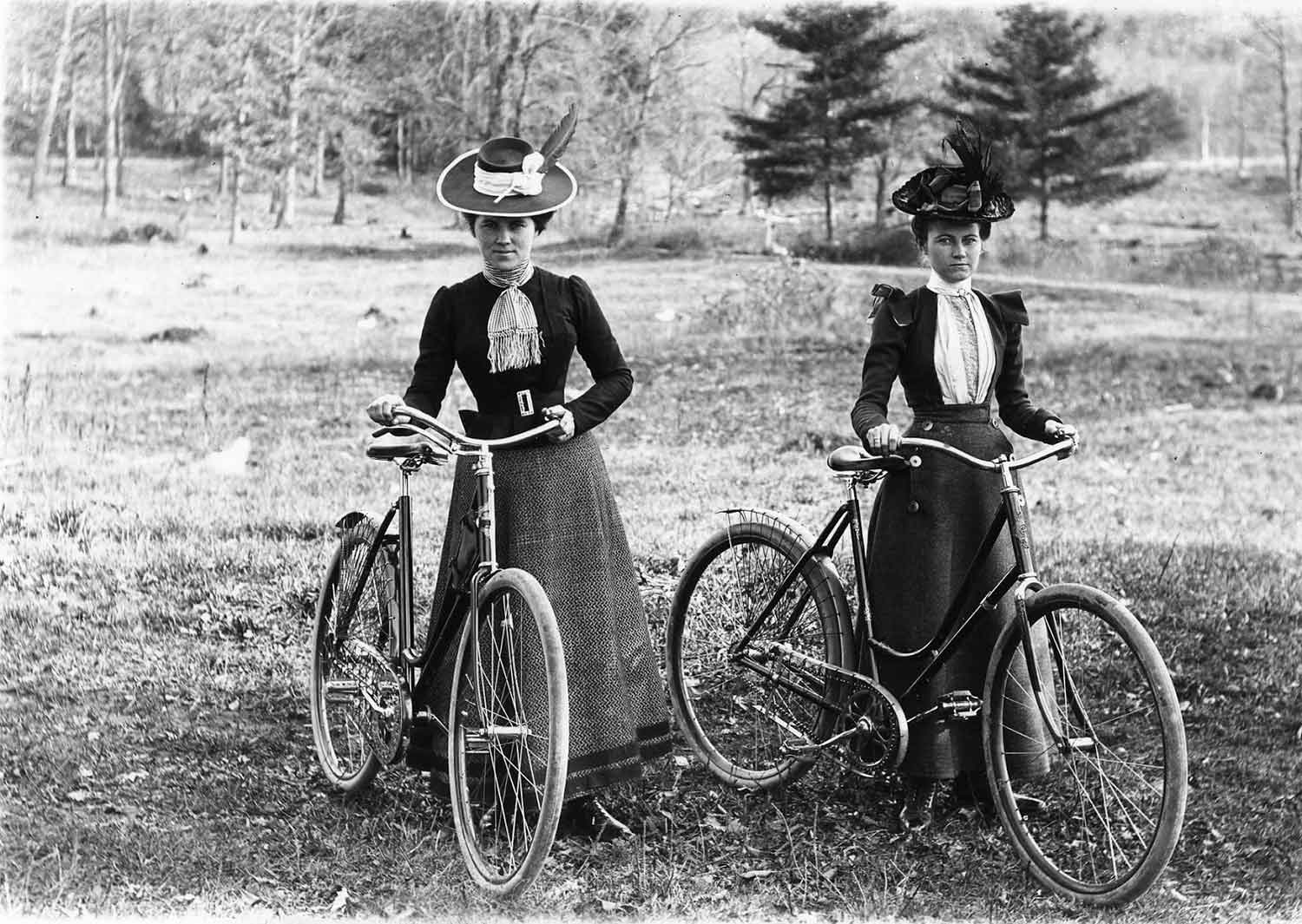


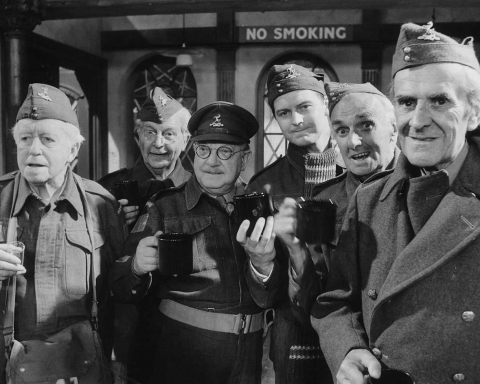

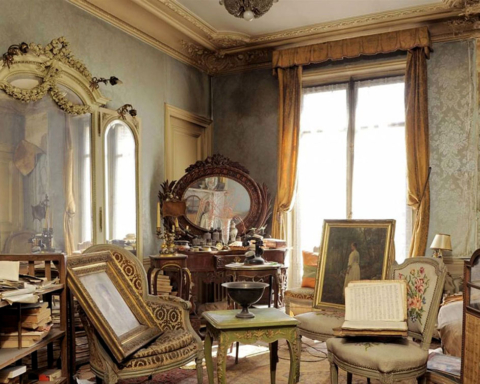
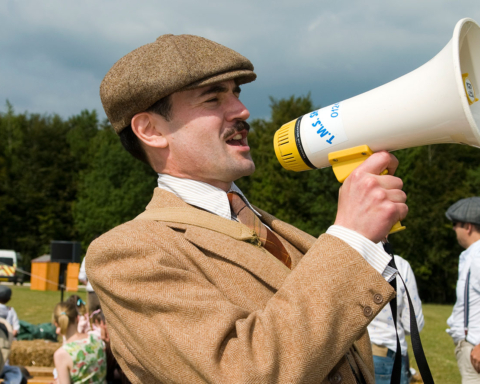
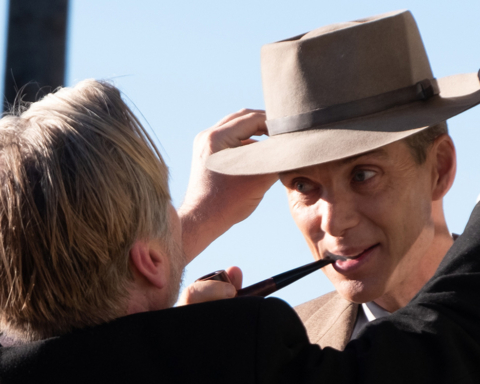

Help! Some of us hailing from foreign lands need to know The 2018 Olympiad dates so we can plan our travel! Please advise with haste!